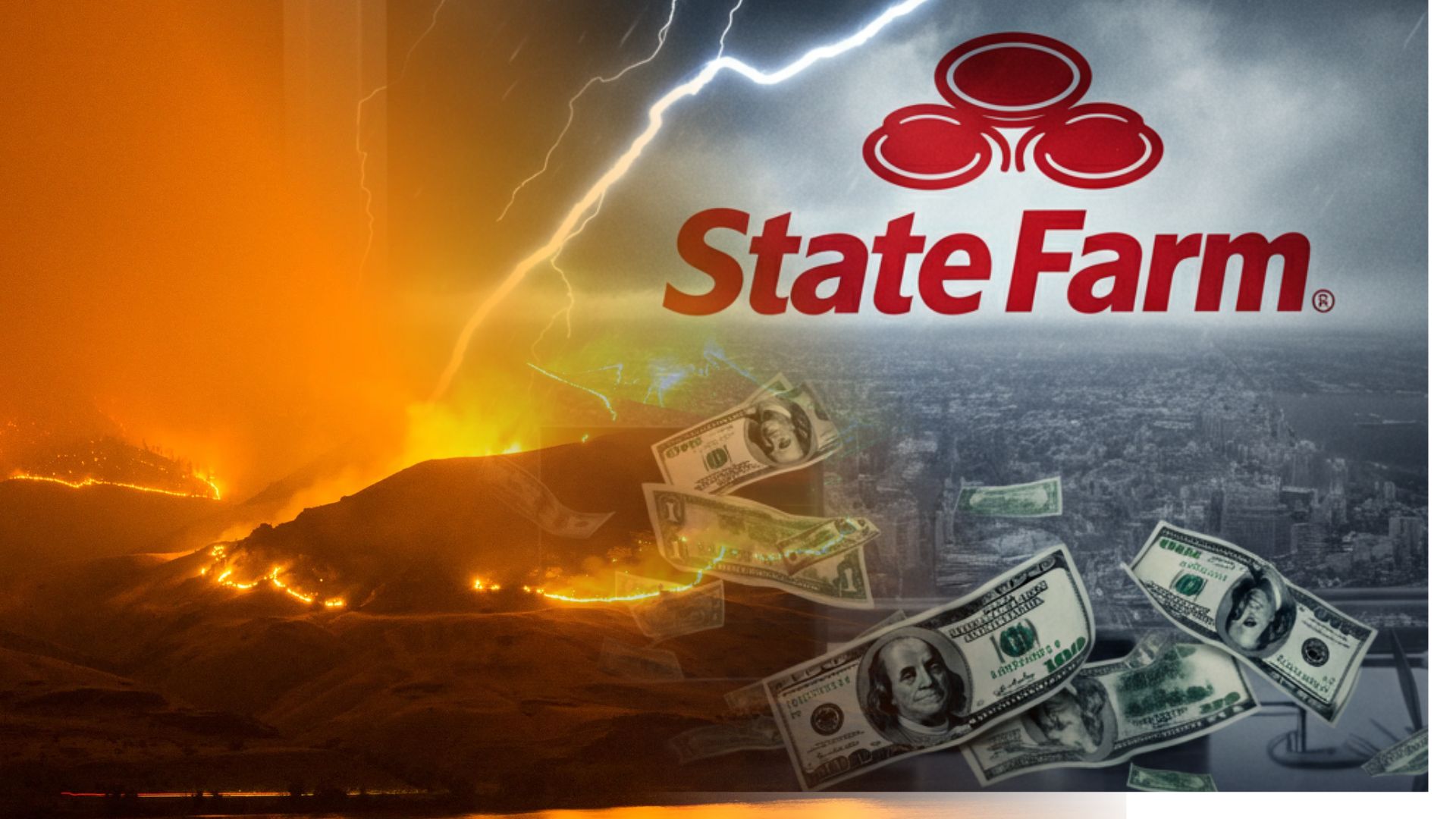State Farm’s Striking Rate Hike Request: A Closer Look at the Unprecedented Hearing
The stakes couldn’t be higher as California Insurance Commissioner Ricardo Lara convened an extraordinary public rate hearing in Oakland, a rarity in the state’s regulatory landscape. At the heart of the drama? State Farm’s urgent request to hike its property insurance rates by an average of 22% for homeowners, alongside increases of 15% for renters and condo owners, and a whopping 38% for rental dwellings. The Los Angeles County fires, catastrophic in both scale and cost, loom heavily over the proceedings, marking a pivotal moment for the insurance industry and its millions of California customers.
The Case for Higher Rates
State Farm, California’s largest insurer, argues that this rate increase is not just justified but necessary. Following January’s devastating wildfires in Los Angeles County, the company estimates it will face over $7 billion in claims. Labeling this situation a financial strain might be an understatement. The fires destroyed more than 2,000 structures and left insurers juggling an unprecedented surge in payouts.
The company asserts that the proposed premium increases are essential for stabilizing its financial position and ensuring it can continue providing coverage in areas heavily impacted by wildfires. The company highlights that without these rate adjustments, it would struggle to manage rising costs while maintaining long-term financial stability in California. These measures, according to the insurer, are aimed at addressing extraordinary losses and safeguarding the ability to meet the needs of its policyholders.
The requested rate changes, if approved, could affect nearly three million customers across the state starting June 1. Tens of thousands of policies are already on thin ice, with insurers across the board scaling back coverage in high-risk regions. It’s a pattern that began long before the recent fires, driven by climbing reinsurance costs and escalating wildfire risks.
Consumer Advocacy Groups Push Back
Consumer Watchdog, a vocal opponent of the proposed increases, isn’t buying it. Carmen Balber, the group’s executive director, minced no words during the hearing. “The bottom line is that State Farm has yet to offer the evidence needed to justify these hikes,” Balber said, adding that California families are already under immense financial pressure from prior premium increases.
The advocacy group alleges that the company hasn’t been fully transparent about its numbers and accuses regulators of rushing the process. They argue that homeowners and renters who have struggled to see their claims processed from previous disasters are now being asked to foot the bill for insurance’s unsteady footing in wildfire country. “Every Californian should question why, after years of increasing premiums, we’re still here debating how much more they’ll pay,” Balber said.
Ricardo Lara’s Balancing Act
Commissioner Ricardo Lara finds himself walking a tightrope. On one hand, he faces an industry reeling from billions of dollars in losses. On the other, he’s charged with protecting consumers from rate shock. The timing couldn’t be worse. With more Californians turning to the state-run FAIR Plan, the insurer of last resort, Lara is also overseeing efforts to stabilize the broader market.
His recently introduced “sustainable insurance strategy” includes speeding up rate-review processes and allowing insurers to account for catastrophic modeling and rising reinsurance costs when setting premiums. The ultimate goal? To get major companies like State Farm to continue offering policies in vulnerable areas, rather than retreating entirely. “I am committed to restoring availability while making sure rate increases are justified,” Lara said, though he acknowledged the current fires have complicated the reform efforts.
The Commissioner’s office will rely on an administrative law judge to weigh arguments from both sides before rendering a decision, expected within ten days.
Wildfires and the Bigger Picture
The Los Angeles County fires serve as a stark reminder of the challenges confronting California’s insurance market. With insured losses conservatively estimated between $52 billion and $57 billion, some projections go as high as $150 billion when including broader economic impacts. These fires come at a time when reinsurers are hiking their prices to account for the growing threat of climate-related catastrophes, further burdening providers like State Farm.
This dynamic underscores why many insurers have already reduced exposure in California. State Farm, for example, non-renewed tens of thousands of policies in high-risk areas before this crisis, with the FAIR Plan seeing a corresponding 123% increase in policies over the last three years.
What Does This Mean for Consumers?
If the rate hike goes through, Californians could see a significant increase in their monthly budgets. For an average homeowner policy of $1,200 annually, a 22% hike translates to roughly $264 more per year. For cash-strapped families, this could deepen financial hardships, particularly in areas still recovering from fire damage.
Consumers still have options to soften the blow. Shopping around for policies, bundling home and auto insurance, or exploring higher deductibles might help cut costs. One consequential avenue for consumers is California’s rate objection process, which allows them to voice concerns and intervene in rate reviews. Proactive policyholders can make their cases heard—not just by their insurer, but by state regulators seeking feedback.
While more data and deliberations are to come, one thing is certain. The outcome of this hearing will reverberate beyond the insurance industry, setting a tone for how California addresses its escalating climate risks while grappling with the costs of protecting its residents. Whether this is a turning point or another chapter in a long insurance saga remains to be seen. And as the state burns hotter, time is not on anyone’s side.


